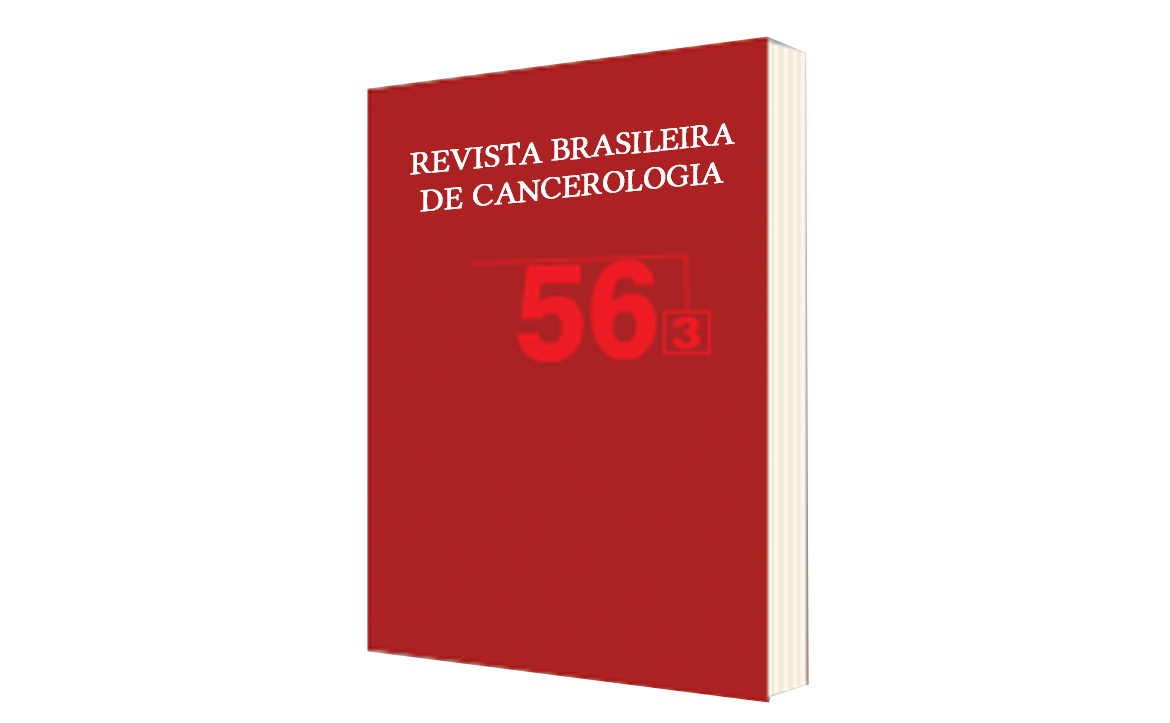Physical Activity and Quality of Life in Patients with Cancer during Chemotherapy Treatment
DOI:
https://doi.org/10.32635/2176-9745.RBC.2010v56n3.1480Keywords:
Motor Activity, Quality of Life, Neoplasms, Drug Therapy, Epidemiology escriptive, Cross-Sectional StudiesAbstract
This study aimed to assess both practice of physical activity and quality of life of cancer patients during chemotherapy and analyze their possible correlations. This is an observational, descriptive and transversal study. The sample was selected by simple random sampling. Patients were eligible if they were above 18 years old, received a diagnosis of a malignant neoplasm and carried out at least 2 sessions of chemotherapy, regardless of any other associated treatment in progress. Their practice of physical activity was assessed by the International Physical Activity Questionnaire (IPAQ) and their quality of life by the European Organization for Research and Treatment of Cancer Quality of Life Questionnaire C30 (EORTC QLQ-C30). Thirty-eight patients were studied. When analyzing the EORTC QLQ-C30, no patient reached the maximal score of functionality. The symptoms “fatigue” and “pain” had high scores. Regarding the practice of physical activity, 63.2% of patients had less than 297 metabolic equivalents (METs) and 36.8% had more than 297 METs according to IPAQ classification. The patients who had more than 297 METs showed higher quality of life when compared to patients that had less than 297 METs. A correlation between the total of METs carried out and several scales of EORTC QLQ-C30, like “well being”, “physical” and “fatigue”, was noticed. Physical activity seems to be related to different aspects of the quality of life in cancer patients. Therefore, regular programs of physical exercise may be an excellent strategy to improve their quality of life.









